Building material known as rustic farmhouse tiles have a traditional, old-world style.
This tile has a faded, natural surface and draws inspiration from old Italian architecture.
Clients ask us why they are popular specially for kitchen floor application? Because a farmhouse rustic tiles, classical design style may be created or complemented in a number of domestic applications using rustic tile. These tiles’ naturally-inspired hues and finishes serve as a strong contrast to contemporary designs.
These tile products may be recovered or salvaged from older buildings, or the appearance of this tile can be recreated using more recent materials and methods.
From a range of diverse tile materials, manufacturers produce rustic farmhouse floor tile patterns. These tiles may have a genuine appearance by being dyed and sculpted with natural materials like stone or clay.
Clay Saltillo and mosaic tiles in the traditional style have a rustic farmhouse, earthy appearance as well. This design aesthetic may also be achieved by using contemporary replicas made of ceramic, porcelain, and terra cotta.
This tile’s imperfections are one of its key distinguishing characteristics. To further enhance the organic aspect and authenticity of this design, tiles vary in size, shape, and appearance.
To enhance the variances between each unit, higher grade versions could be manually cut or manually molded. Chips or missing corners might even be introduced on purpose. To give rustic farmhouse tile a softer, weathered appearance, it may also be tumbled like marble.
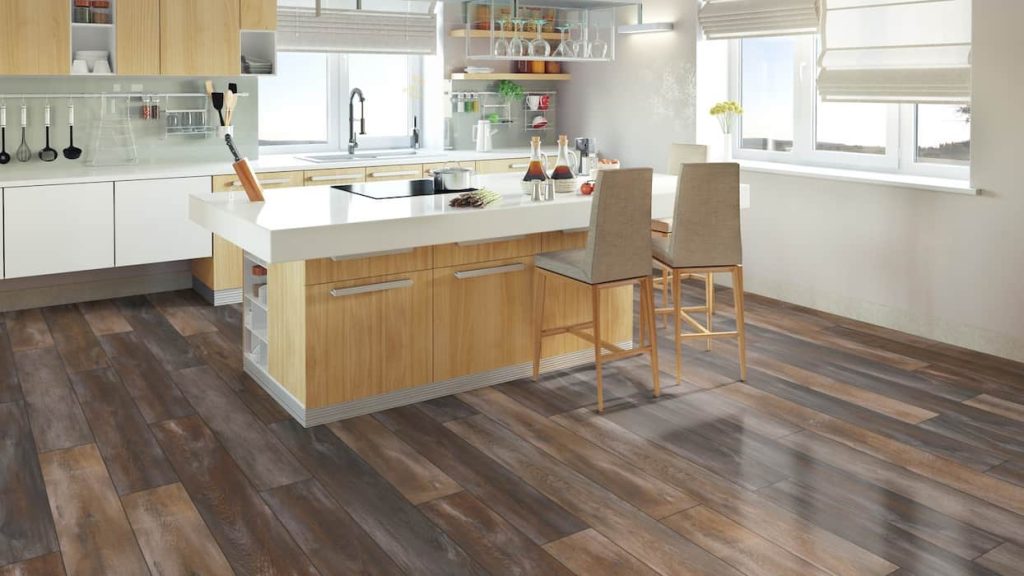
These production methods result in this tile often having a highly textured surface that adds depth and personality. Reds, browns, and other tones found in nature are often used as the colors for rustic tiles.
Muted hues that accent earth tones are used. Popular rustic farmhouse tile finishes include terra cotta, various orange or earth-toned hues, as well as tans and grays akin to those in stone. Rustic tile may be stained to achieve the required finish in certain applications. Some users even embellish these tiles with hand-painted patterns to use as accent pieces.
There are many uses for these tiles in a house or place of business. For flooring or to complete the walls in a bathroom, kitchen, or other living area, rustic farmhouse tiles may be employed. In the kitchen, where it may assist to complement a European, or old world, style of design, rustic tile can also be used as a backsplash or countertop material.
In any of these applications, rustic tile’s many patterns and finishes may be used to create intricate designs. The benefits of the rustic farmhouse tile first .1. The rustic farmhouse tile’s decorative impact is excellent; as its name suggests, it is full of an ancient taste.
It seems difficult to differentiate from the item due to its surface texture, which includes designs like wood, rock, and other patterns, and the impact of the vicissitudes is favorable.2. Wear non-slip effect: Rustic farmhouse tiles have surfaces with varying degrees of roughness, which have excellent wear non-slip properties and excellent practical performance.
These tiles are widely used in public restrooms and kitchens.3. Antifouling performance is good.
Because the antifouling tile surface has a thick layer of glaze, using a time of dirt to facilitate timely cleaning, particularly in the kitchen such a place of dirt, the choice of antifouling ant antique tile is a good choice.
And because the polishing brick surface is seriously polluted, the time must be changed in time, and the rustic tile is made.

Time has generally increased.4. More paving pattern: Rustic farmhouse tiles are most frequently used in special decoration, such as the floor of the bathroom, the sink or the living room, the balcony ground, and other areas with the antique tile cutting after cutting out lovely patterns. This is because of their complete variety, color, and strong color expressive force.
The following are the rustic tile’s drawbacks: 1. Strong water absorption: Rustic farmhouse floor tile has a thick coating of enamel on its surface, which makes it more effective at absorbing water than polished tiles.
However, the bathroom and kitchen are inappropriate settings for this kind of performance. 2. As for the polished brightness: more rustic farmhouse tile surface texture that is even uneven would result in poor light absorption qualities, more light being reflected, and a less polished brightness impact under the same lighting circumstances.
3. Because ancient bricks are often used for specialized decorating components to maintain their flexibility, their tiny size compared to the limited number of tiles also made laying more difficult and time-consuming.4. Simple cutting style: Antique tiles have glazed surfaces, which make them more difficult to process deeply with tools like angle grinders and chamfers than polished tiles.
This means that even the smallest error while cutting might result in tile damage. It might be easy to forget that the design hasn’t always been in an era when the word “modern farmhouse” brings up visions of stylish vacation houses covered with white-washed walls, supplied to you by the newest algorithm from some fashionable home decorating site.
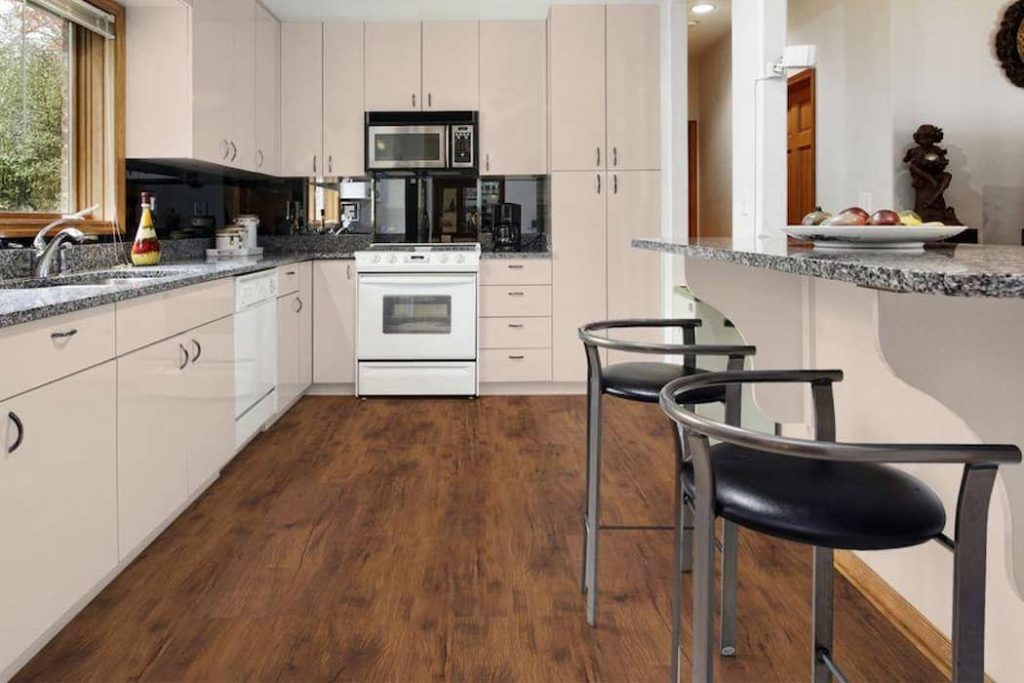
Without mentioning the experts, you can’t speak about the contemporary rustic farmhouse tile. The phrase “modern rustic farmhouse tile ” rang few bells in the public consciousness prior to the release of Fixer Upper, and those that did were only vaguely associated with the design. Before the couple, “modern farmhouse” was less of a trend and more of an accidental marriage of two quite different words for design.
“Modern,” as in what’s in style right now, and ” rustic farmhouse tile,” as in the structure people used to live in during the 1800s.
Of course, it’s one of those trends that is difficult to escape these days if you have even the slightest interest in interior design. Within less than ten years, a wide range of TV series, books, blogs, social media influencers, and other media have developed cult-like followings for the decorating aesthetic.
Accents made of natural wood: Because it was plentiful, wood served as the primary construction material. Wide-plank flooring, exposed wood beams, and paneled wood walls were common features of farm houses.
Butcher block worktops and accent paneling made of barn wood are popular features of contemporary farmhouse design. Nothing screams ” rustic farmhouse tile ” more than an apron sink. The sink in a traditional farmhouse tiling is often made of porcelain. Using old furniture and accessories makes it simple to design in the traditional rustic farmhouse tile style.
It’s preferable if they aren’t in mint condition and even have worn finishes. Lighting with a vintage feel works well in a traditional rustic farmhouse tile.
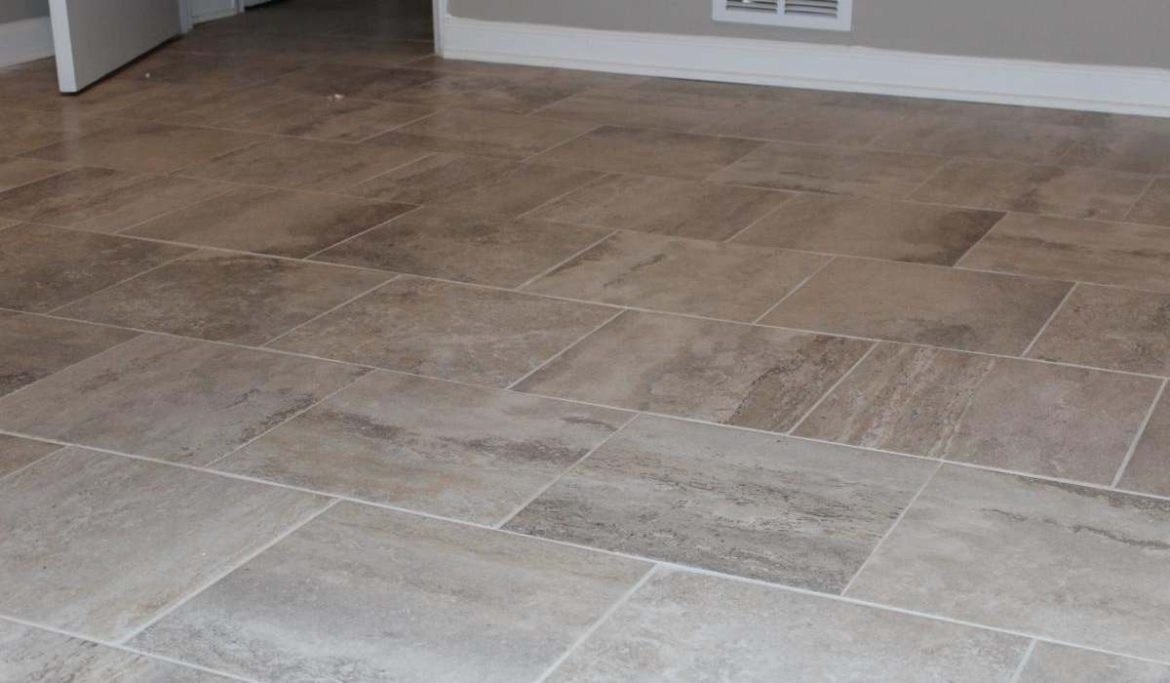
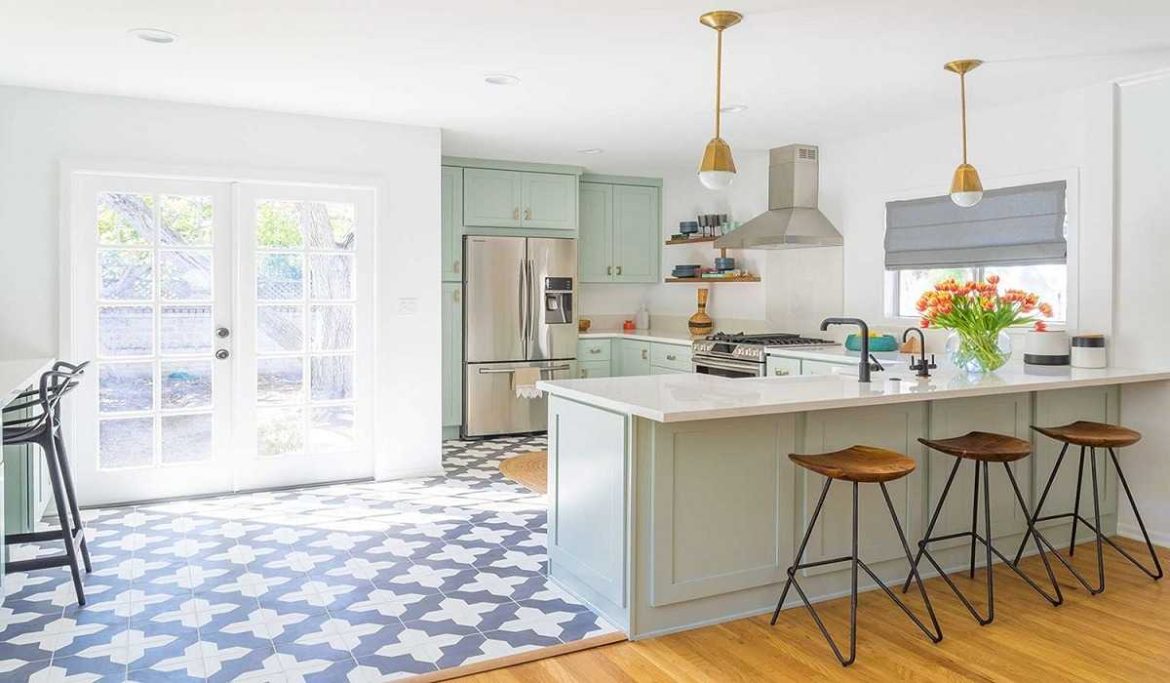
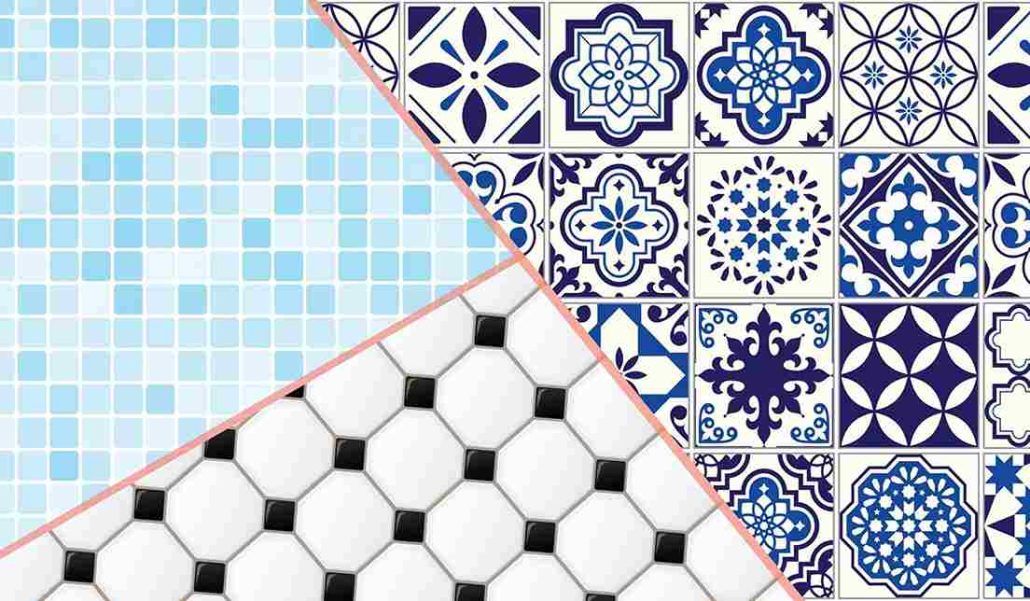
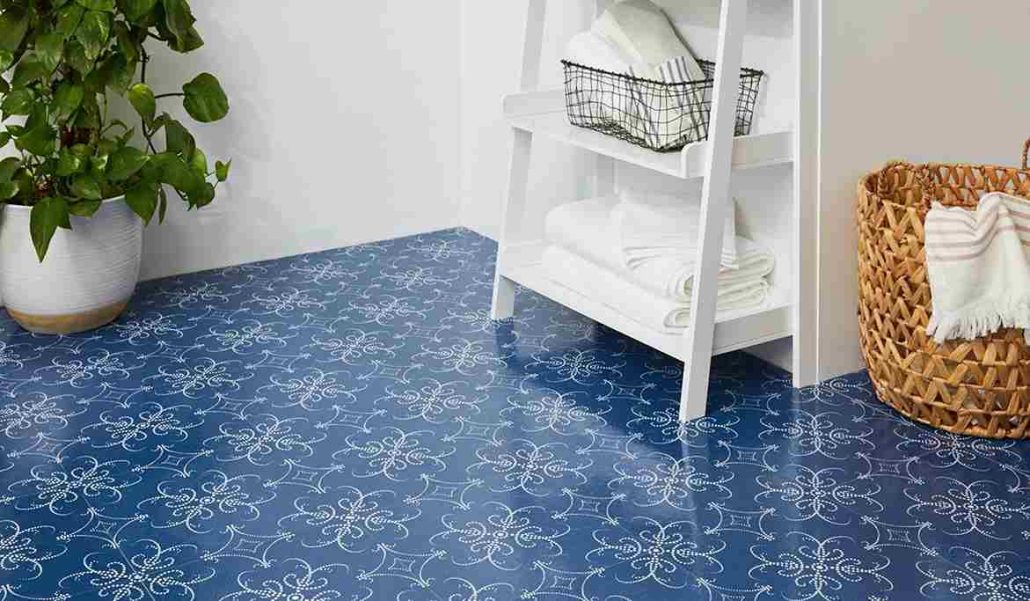

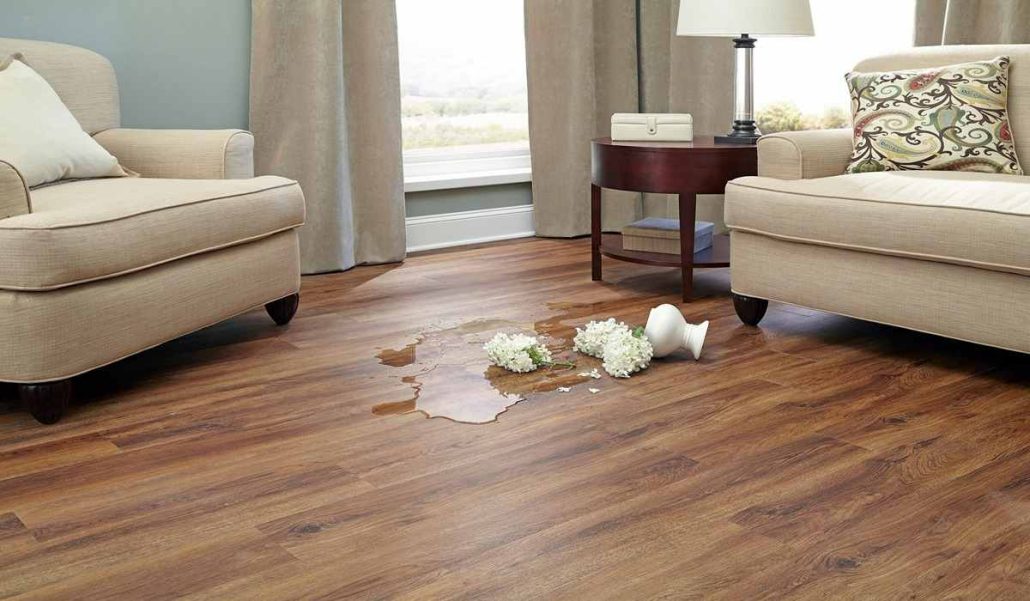
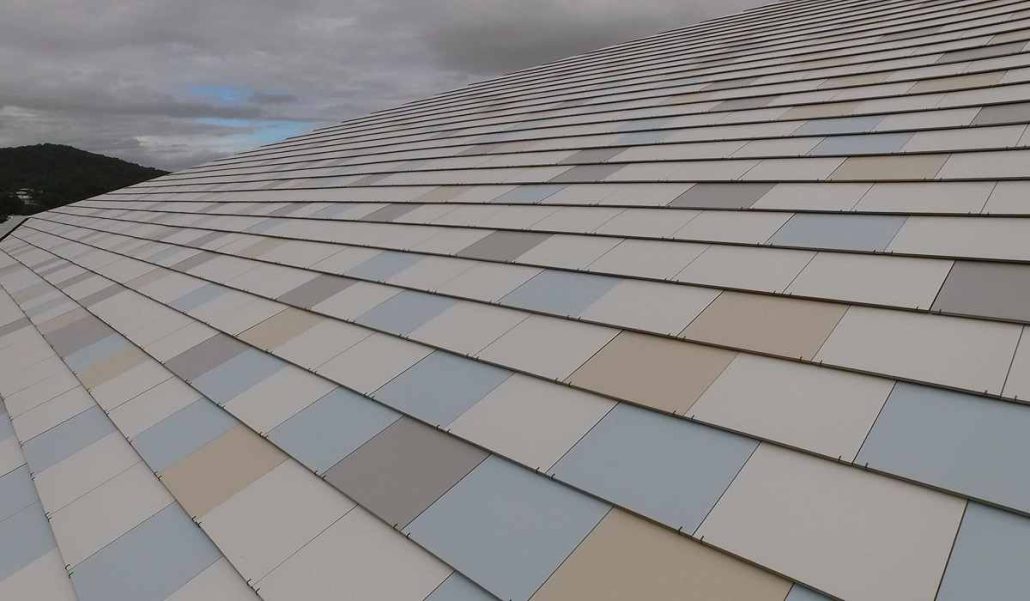
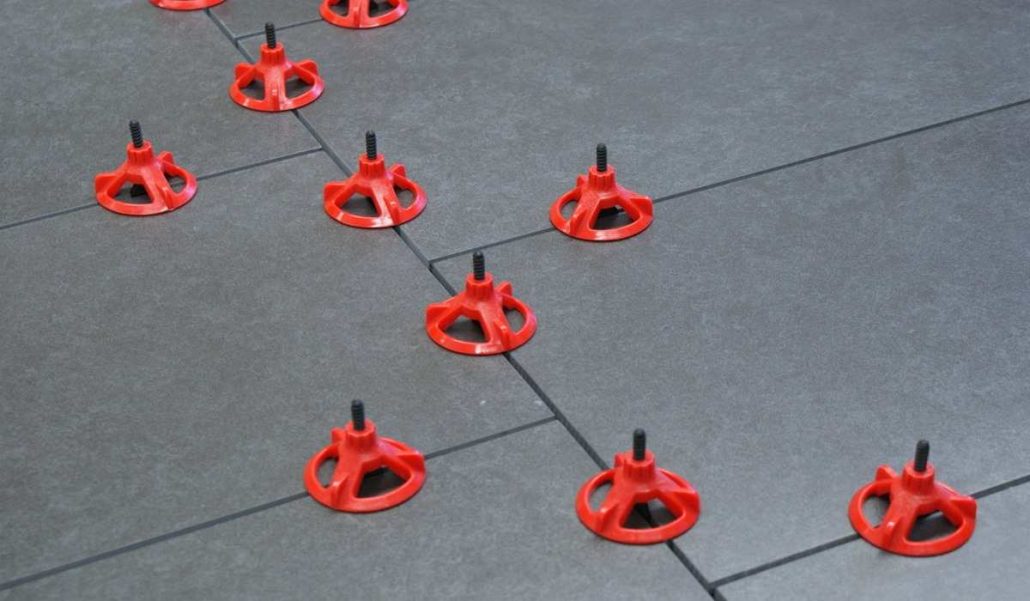
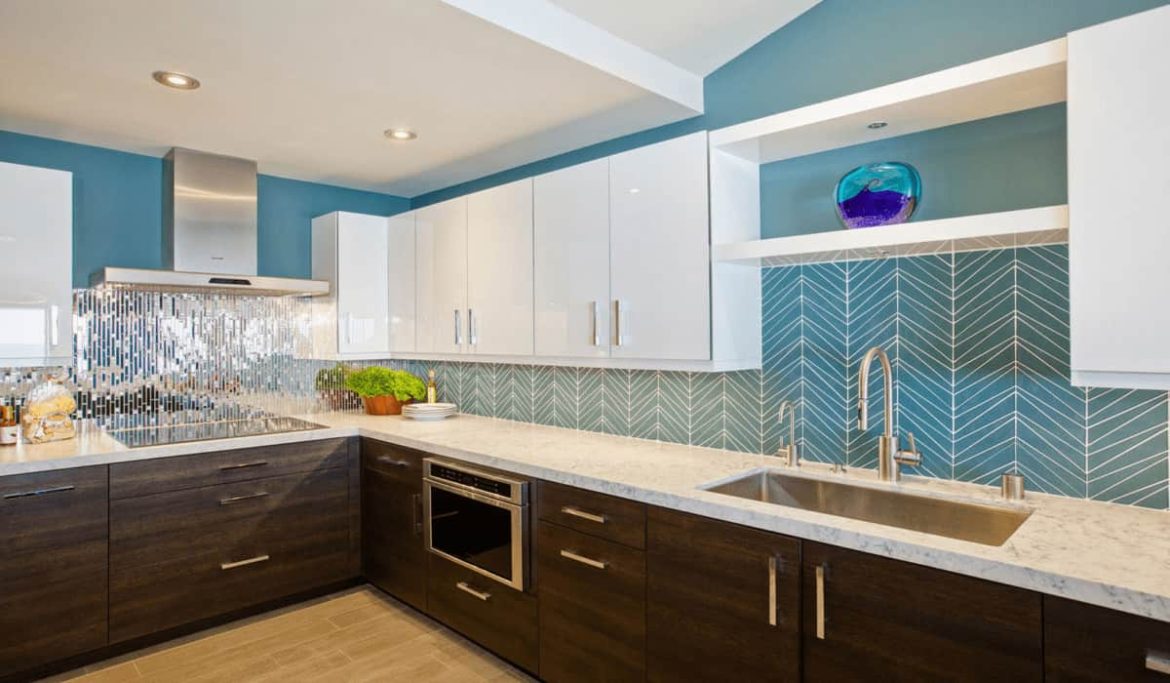
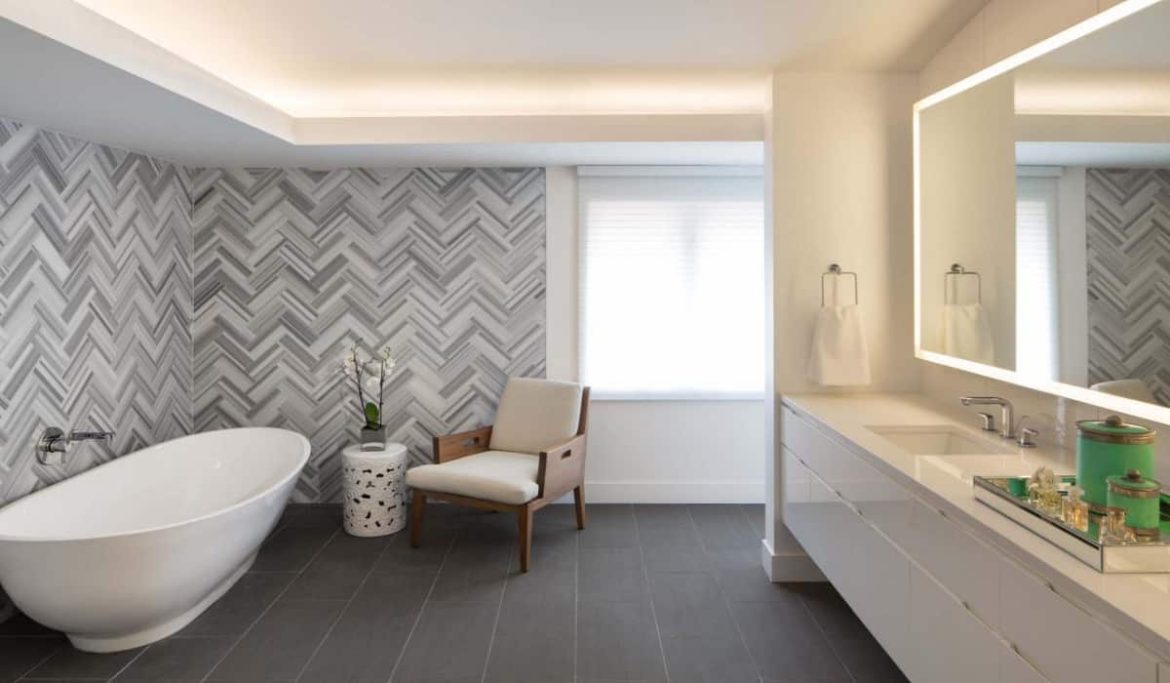
Your comment submitted.